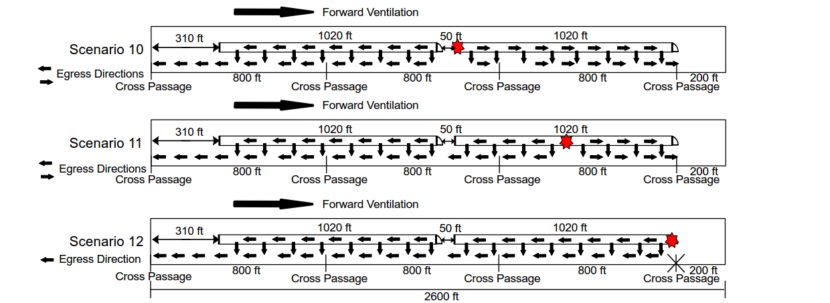A technical paper was published in the 18th International Symposium on Aerodynamics, Ventilation & Fire in Tunnels, Athens, Greece, Sept 25-27, 2019.
Abstract
The technical paper will address fire-life safety issues regarding the allowance of more than one train between ventilation shafts (also known as a vent zone) during a train fire incident. The intent of NFPA 130 (Standard for Fixed Guideway Transit and Passenger Rail Systems 2017 Edition) will be discussed as it pertains to the design and operation of signaling systems, traction power blocks and ventilation systems that match the total number of trains that could potentially be allowed between ventilation shafts during a fire emergency.
Transit and rail systems that allow more than one train per vent zone have been implemented in some countries. These global practices and their associated risks will be discussed, highlighting the ventilation impacts and fire-life safety concerns for incident and non-incident trains. Additionally, technological advancements in train control systems will be discussed with regards to operational benefits and conversely, a potential increase in the amount of logistics involved in addressing risk.
Through diligent engineering analysis, a Case Study examined how tenability, survivability and risk was affected by the number of trains in a vent zone. Fire Dynamics Simulator (FDS) and its EVAC egress model were utilized to model fire ventilation and egress; analysing the tenability and survivability downstream of a fire. The analysis predicted the Fractional Effective Dose (FED) and Fractional Irritant Concentration (FIC) that evacuating passengers may be exposed to from a vent zone containing a single train or two trains.
Current standard operating practices that allow more than one train in a vent zone have not been standardized globally. Therefore, recommendations and best practices for the treatment of the number of trains in a vent zone and the potential factors affecting the operating procedures are provided herein.
Co-authors: Silas Li, Andrew Louie, Salvatore Marsico, Bo Rim Seo, Nicole Nishimura

